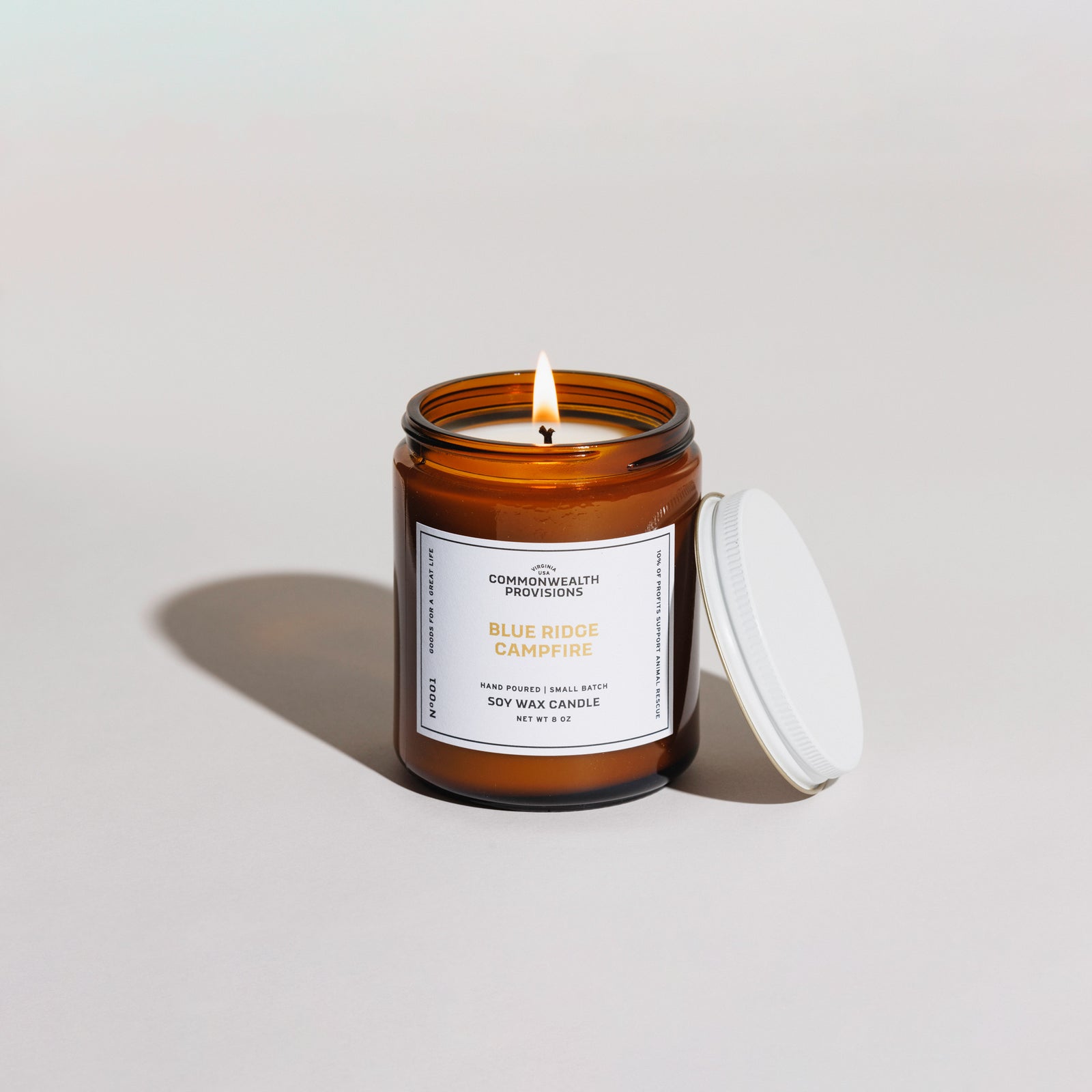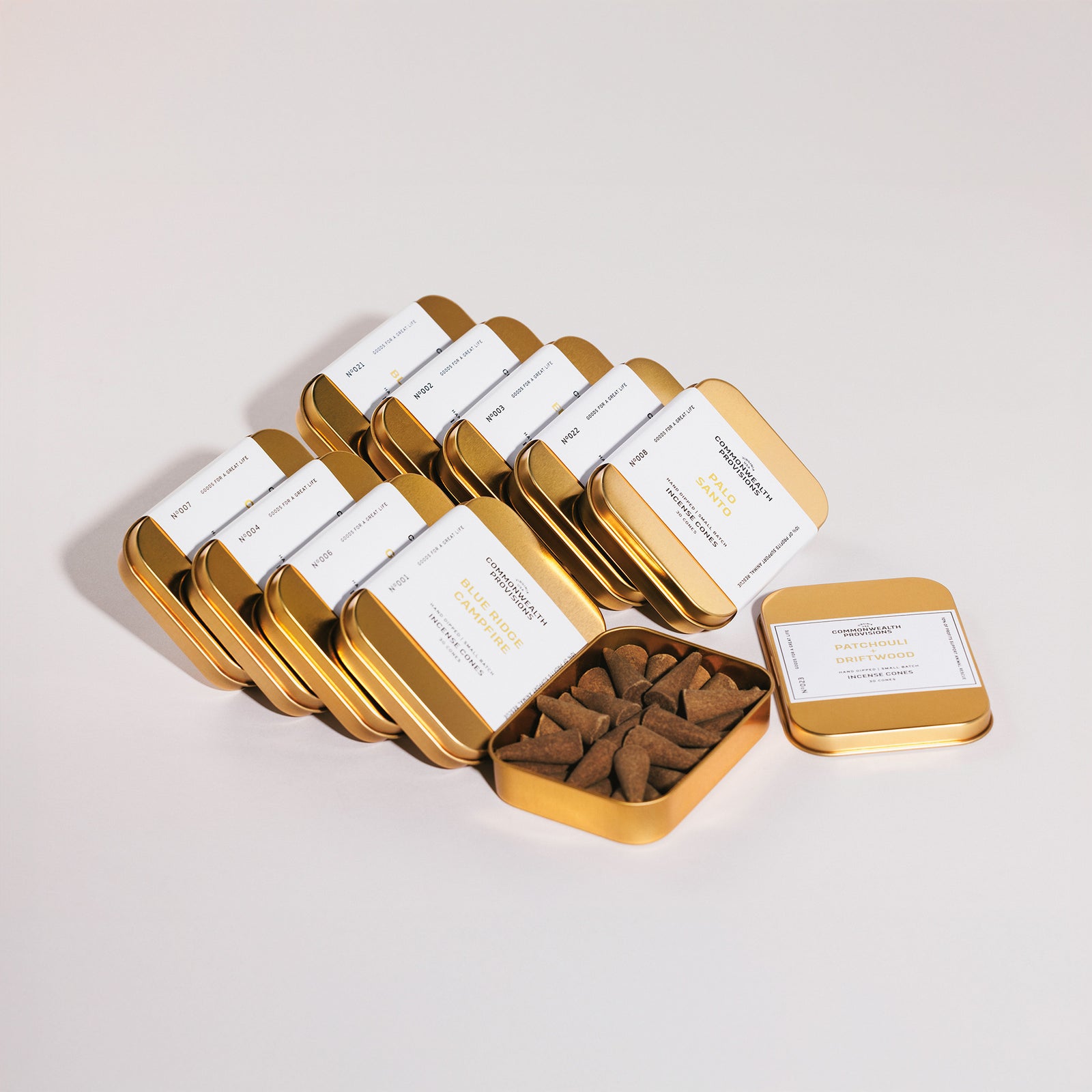FREE SHIPPING on all orders $75+ within the contiguous U.S.
FREE SHIPPING on all orders $75+ within the contiguous U.S.
SHOP
SUBSCRIBE
Set it on autopilot with our subscription service. Not only do your favorites show up at your door monthly, you get to save some money too!
Set it on autopilot with our subscription service. Not only do your favorites show up at your door monthly, you get to save some money too!

CANDLE SUBSCRIPTIONS

INCENSE SUBSCRIPTIONS

ROTATING CANDLE CLUB

ROTATING INCENSE CLUB
ABOUT

Wow that smell reminds me of...
September 30, 2018 2 min read
Many scents have a story. For me it’s on warm summer days when the honeysuckle is in bloom. The scent transports my brain to when I was a kid, playing in the backyard on summer break. When it happens, it’s like your eyes un-focus and you start looking inward, trying to access the memory at particular smell is bringing forward in your brain. Honeysuckle… I remember my dad teaching me how to suck the nectar out of a honeysuckle flower. You grab the end, pull it off while at the same time pulling out the insides. Then you suck the nectar out of the open end. My love of honeysuckles is what inspired Luke to make a Wild Honeysuckle candle.

What we love most about the power of scent is the stories people share with us when they smell our candles. We had someone tell us Tobacco Black Pepper reminded them of their grandpa’s pipe. For our friend Pam, the smell of our Blue Ridge Campfire flooded her brain with memories of their family camping trips. Why do our brains make this jump? What’s the science behind scent and memory association?

According to Psychology Today “The answer is likely due to brain anatomy. Incoming smells are first processed by the olfactory bulb, which starts inside the nose and runs along the bottom of the brain. The olfactory bulb has direct connections to two brain areas that are strongly implicated in emotion and memory: the amygdala and hippocampus. Interestingly, visual, auditory (sound), and tactile (touch) information do not pass through these brain areas. This may be why olfaction, more than any other sense, is so successful at triggering emotions and memories.”
Well there you have it! Our anatomy is perfectly designed to associate smells with memories. So pick up a candle… smell it and let the fragrance transport you.
Leave a comment
Comments will be approved before showing up.
Subscribe
Sign up to get the latest on sales, new releases and more …
GOOD THINGS...
...come to those who sign up for our emails.
Find out about all the good stuff before it happens...AND get a discount code for 10% off
*does not apply to subscription items

